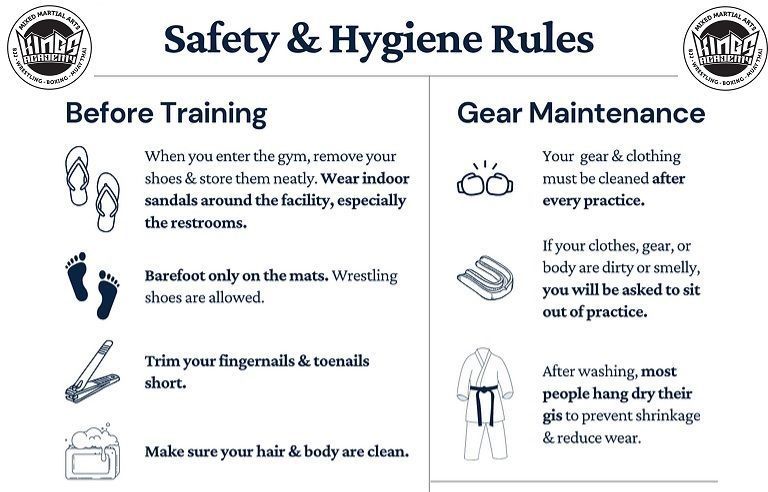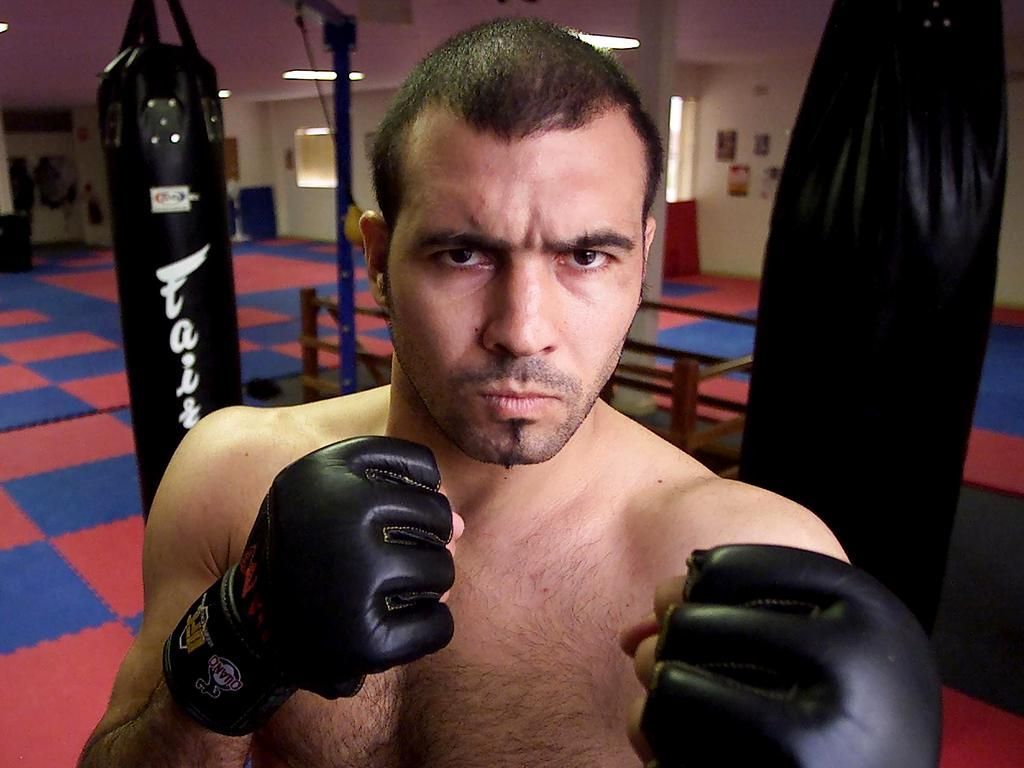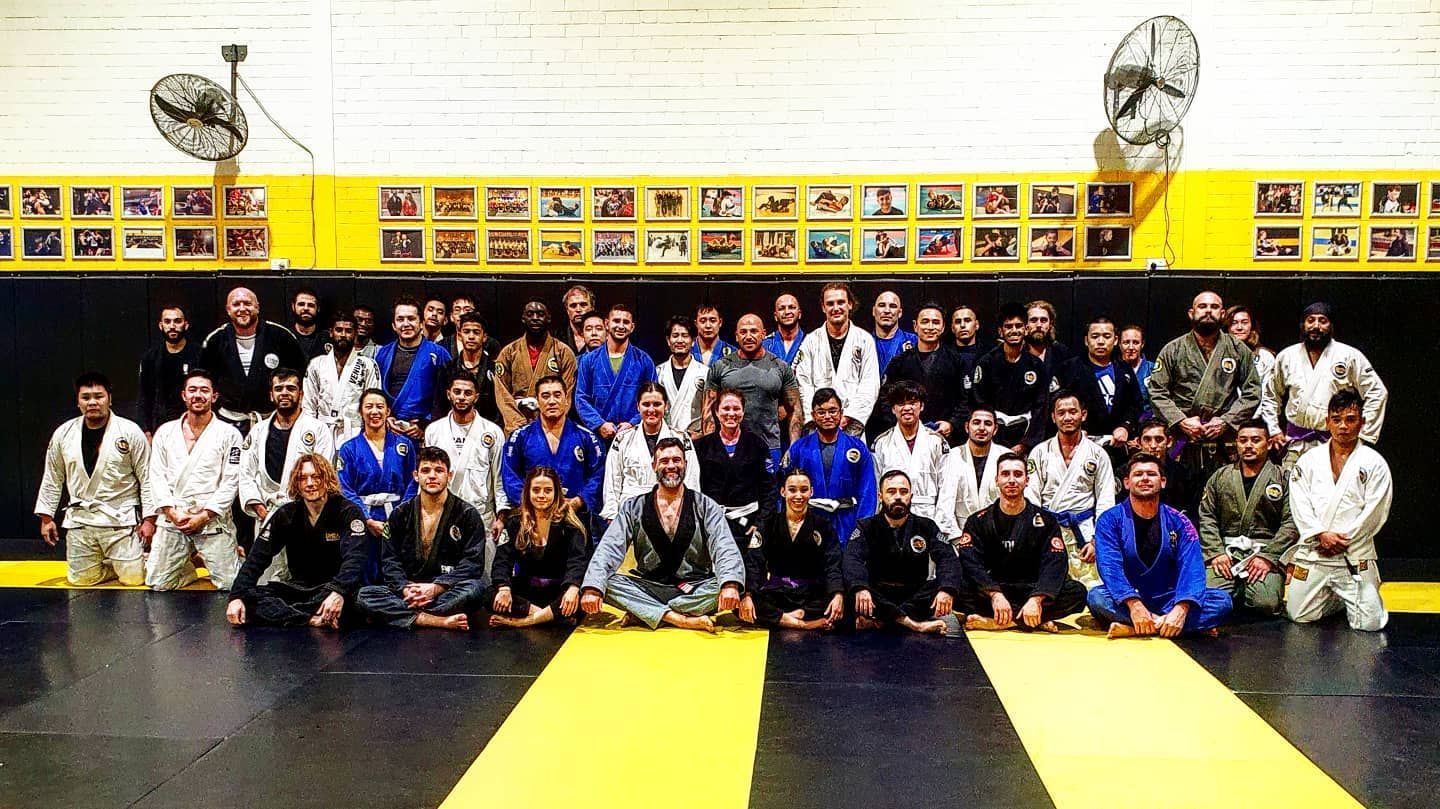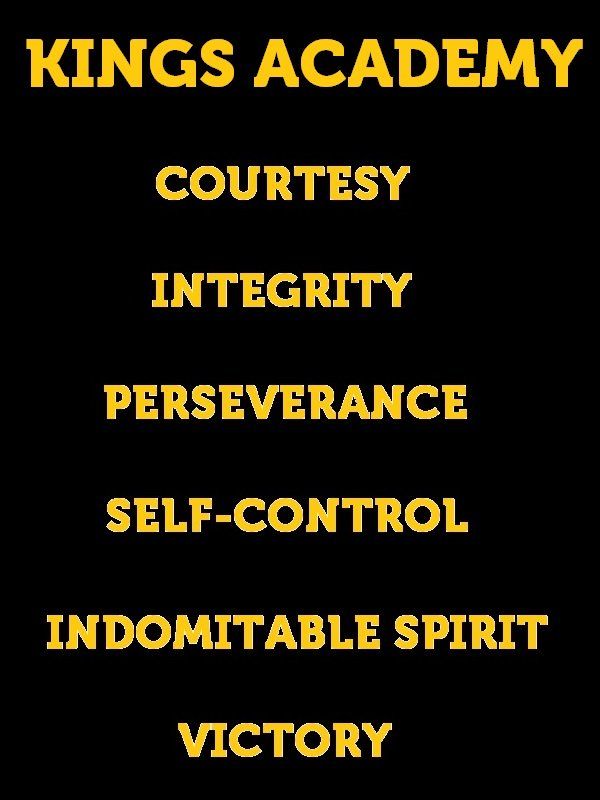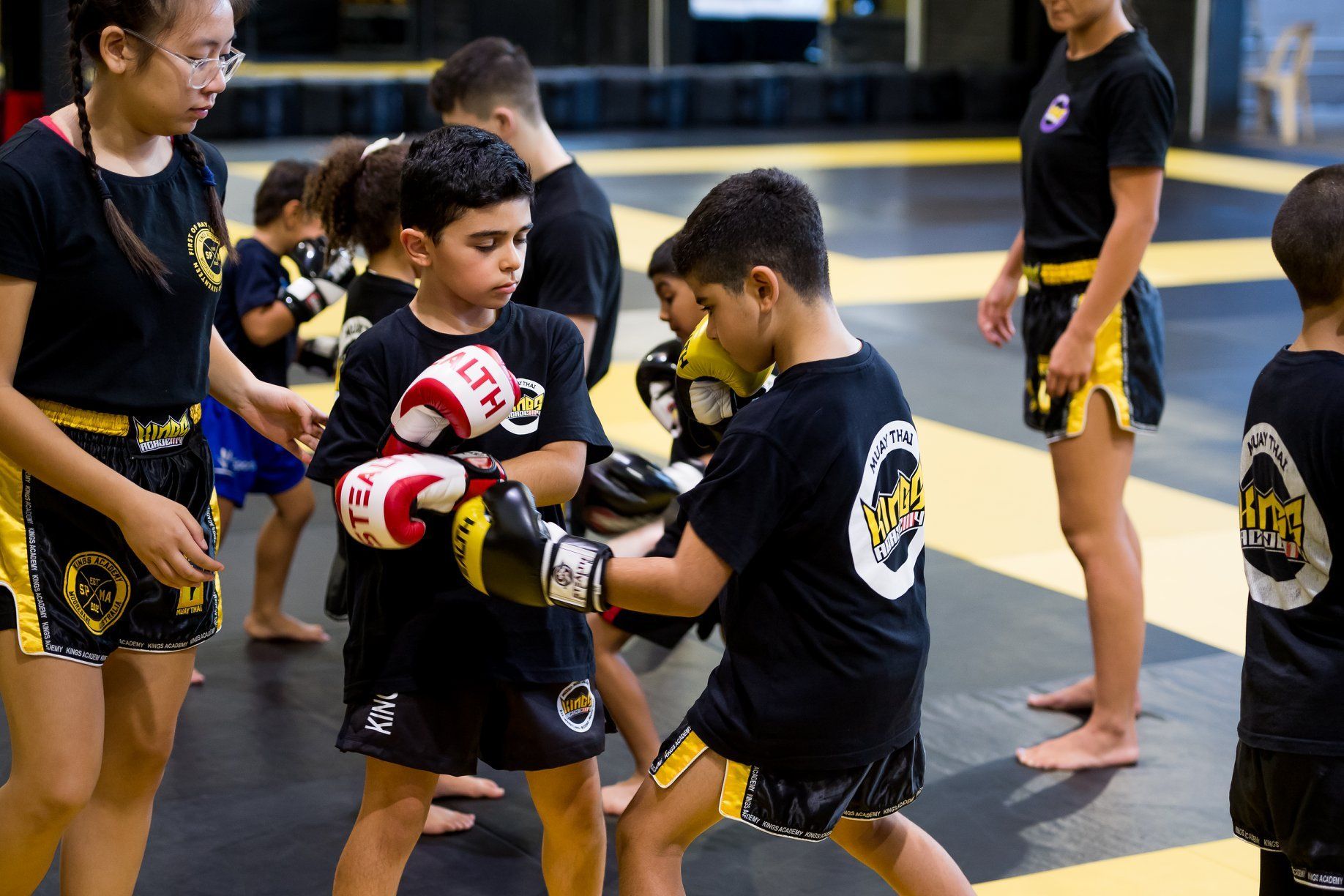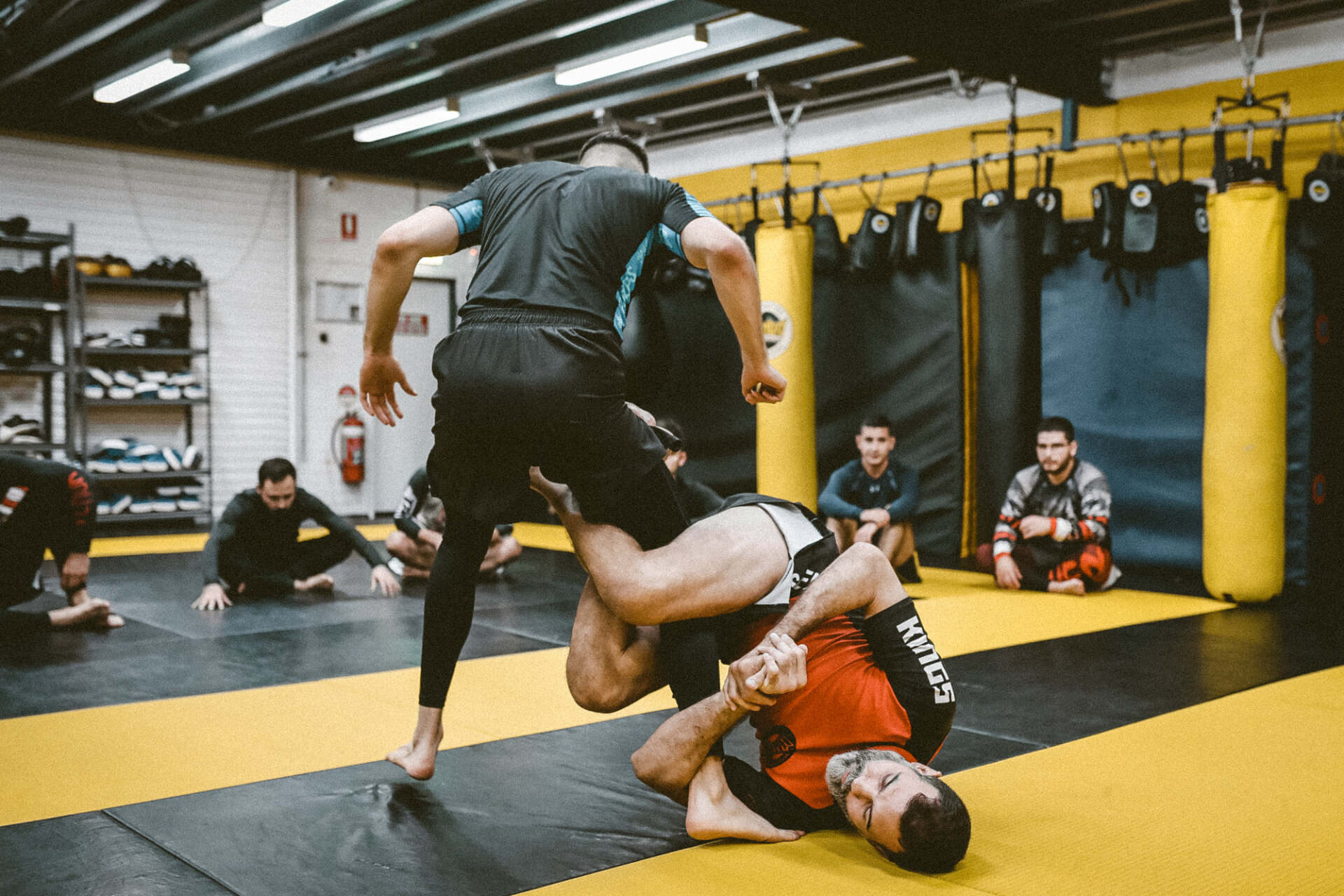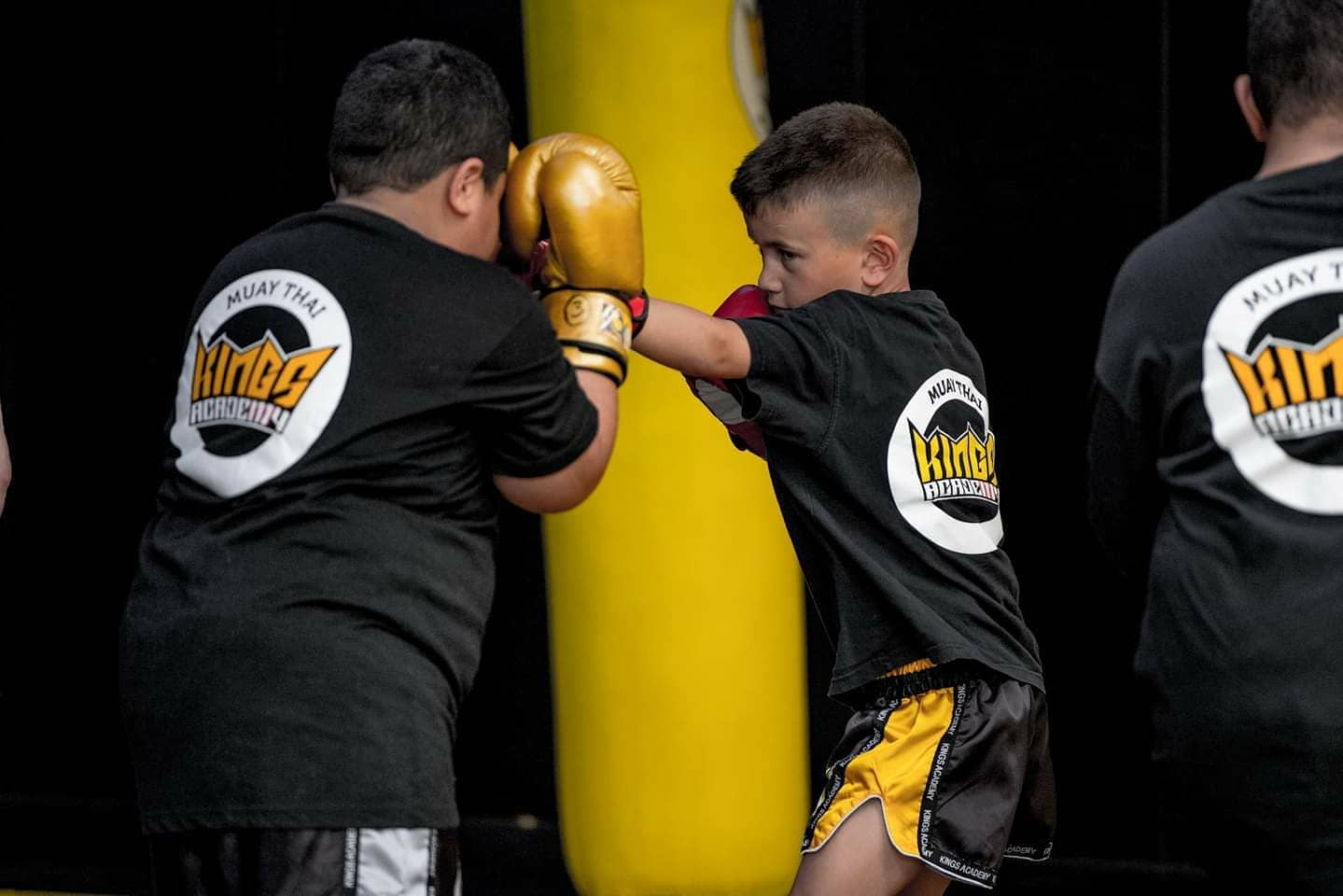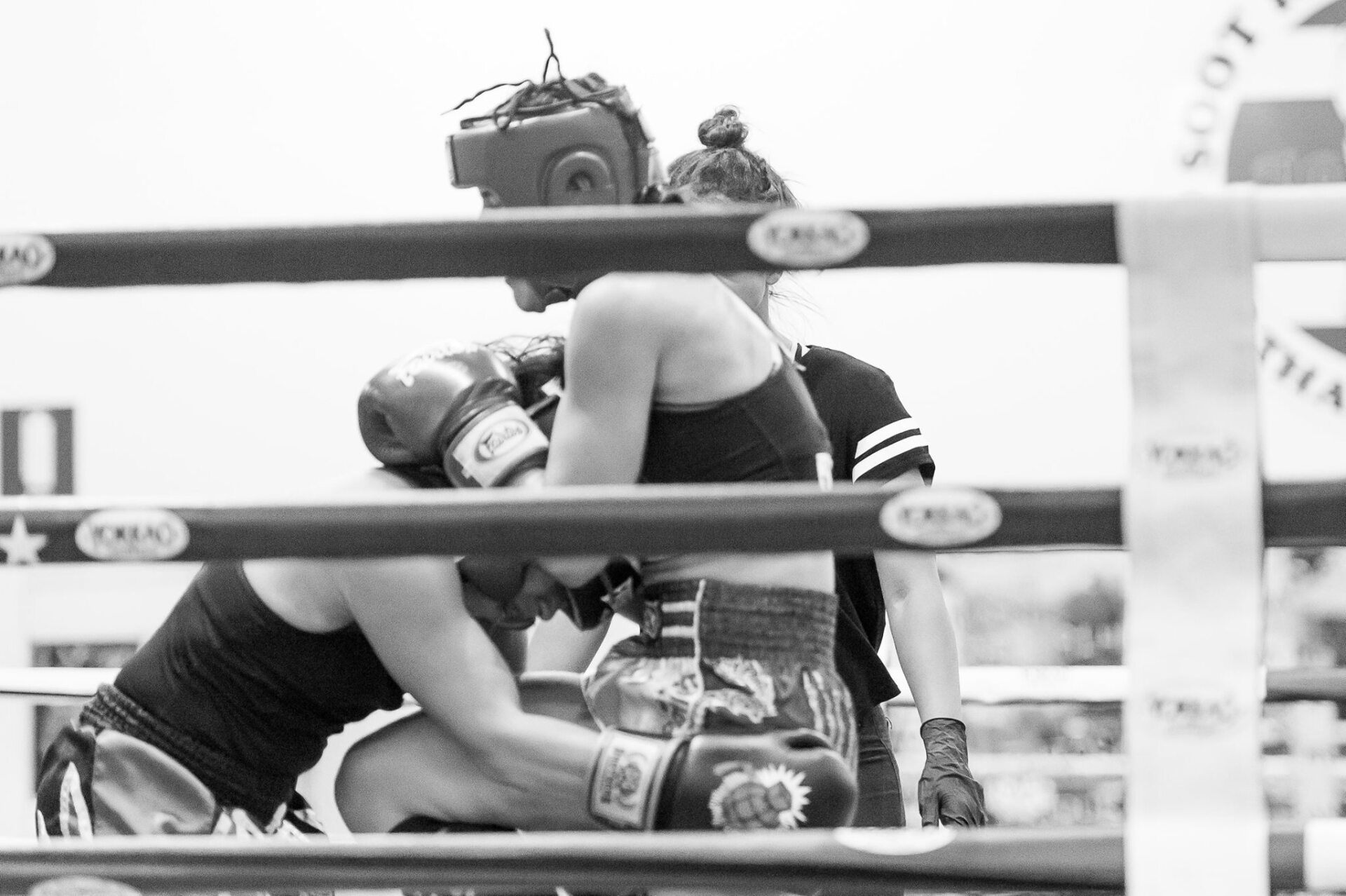
Today I will do what others won’t so tomorrow I can do what others can’t. - 0416598211
Learn about Sparring
Learn about the benefit of Sparring and how to make the most of it whether you train in Boxing, Kickboxing, Muay Thai, or Mixed Martial Arts (MMA)!
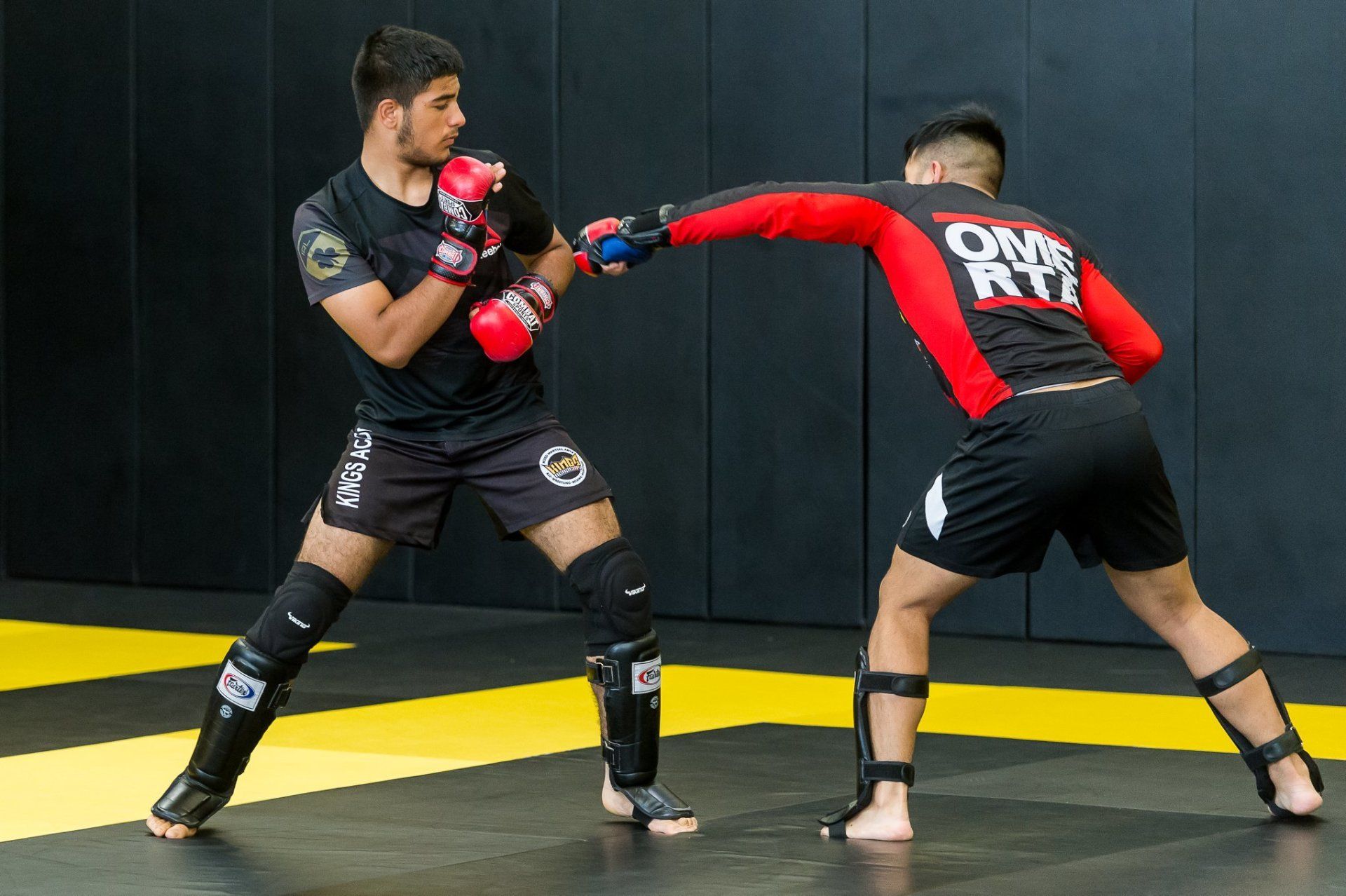
Learn about Sparring
Learn about the benefit of Sparring and how to make the most of it!
If you're interested in Boxing or Muay Thai please visit our Boxing or Muay Thai pages
Whether you are doing Mixed Martial Arts (MMA), Muay Thai, Kickboxing, Boxing, Brazilian Jiu Jitsu (BJJ), or any other martial art, sparring is an essential ingredient to your progression as a martial artist. I would go as far as to say that it is the most important aspect of your training. Sparring tests your technique in a realistic environment. Sparring allows you to test the skills you learn in a safe environment. Sparring is the application of the skills you learn under resistance to test their effectiveness and you’re understanding.
But let's get something straight---sparring is not a street fight. Sparring is not done to hurt one another. That is not what sparring is about. Sparring is about improving your technique in whatever combat sport you are training. Sparring is about learning. Sparring is about testing the techniques you learn in class, it’s about learning to apply what you’ve learnt under pressure. Sparring is not about winning, it’s about getting better. Sparring is one of the greatest forms of exercise because it’s the application of the techniques you learn against a resisting opponent who is trying to apply the same techniques to you. There is no greater physical and mental challenge.
Of course, that doesn't mean you shouldn't go hard during sparring. There is definitely time to go close to 80 to 90% during a sparring session. However, those hard sessions should be done sparingly. Rather, the majority of your sparring sessions should be on the lighter end. It should be about learning. Generally the hardest sessions are done when preparing for a fight not when building your skills. Normally sparring will vary depending on your opponent. The closer in size and skill the harder the sparring, the wider the gap in either size or skill the lighter the sparring. This reduces the risk of injury.
Purpose of Sparring
As previously stated, the purpose of sparring is not to beat each other up. Rather it is to work on your weakness and improve on your strengths. To that end, sparring should be done with emphasis on technique and gradual improvement in various aspects of your game. You should be using Sparring to find the holes in your skill set. You should be putting yourself in difficult situations. Sparring should not be easy; it is supposed to be difficult and challenge you. This is where the growth occurs.
Sparring Frequency
Here is the breakdown below of how often you should spar for each "type" of sparring:
Light Touch/ No Touch Sparring (Movement Sparring)
This is the lightest form of sparring. With this type of sparring, you will barely graze each other or not even at all. This type of sparring is not the same as light sparring. This type of sparring is actually a cross between drilling and light sparring. It is more dynamic than drilling but less chaotic than other types of sparring.
You are working on your movement or a specific technique---moving in and out, countering, cutting angles, shooting for takedowns, slipping, sprawling, striking while moving, etc.
This type of sparring is helpful for everyone but it is especially helpful to complete novices who are not used to the dynamism and chaos of full contact sparring. It is not so easy that it is boring, but it is also not so challenging that it is overly stressful. This creates a difficulty level that is optimal for learning. In psychology, this is called being in a "flow state" and colloquially known as being "in the zone."
With this type of sparring, you and your partner work out what you want to specifically work on so that your opponent can throw them for you to work. For instance, if you want to work on slipping the jab, your partner will want to make sure he throws a lot of jabs during sparring. Or if you want to work on counters, make sure your opponent is the one pushing the action in order for you to counter.
If you’re doing MMA sparring and you want to work on your sprawling, you will want to have your partner shoot for slow takedowns at random intervals so you get to work on your sprawls.
With this type of sparring, you and your partner will work together to make sure that you have set parameters for sparring and both know what the other person will be mostly doing. Nothing tricky or out of the ordinary. This type of sparring is strictly done to get you comfortable with certain movements and techniques.
This type of sparring should be done as much as possible.
Light Sparring
This is the next level up. With light sparring, you work your technique with light contact. This type of sparring is also good to do on a regular basis. Light sparring simulates a real fight but you are still able to be creative and try out new things without being afraid of taking heavy damage. With hard sparring, you aren't able to open up and try out new things because you are too busy not getting hurt.
This type of sparring should be done to refine old movement and technique, as well as try out new ones.
How light is light sparring? I consider light sparring to be something that even people new to martial arts do not need headgear for and none of the contact should hurt.
This type of sparring should be done on a regular basis, whenever possible.
Moderate Pace Sparring
This is where things get interesting. Moderate pace sparring is when you should start thinking about putting on headgear if you’re boxing. And moderate pace sparring is light to some and heavy to others. A good gauge of moderate pace sparring is when you can maintain the same pace for 10 three-minute rounds, but still be really tired at the end. With moderate pace sparring, you are putting your skills to the test. With this type of sparring, you are expecting to get hit and are expected to hit back. This type of sparring will hurt a little during and will definitely hurt in the days after. With Moderate sparring you will go harder to the body but lighter to the head.
This type of sparring is great for testing yourself and seeing what you need to work on. At this pace, you should work on volume while taking a bit off your power.
This type of sparring should be done 1-2 times a week at max.
Hard Sparring
With hard sparring, you should absolutely be wiped after 10 rounds and unable to keep the same pace throughout. Hard sparring should hurt during and after. Hard sparring is the ultimate test of your skills and best simulates a real fight. And because of that, you should be wearing headgear when doing it.
Hard sparring is best done at most 1-4 times a month depending on what combat sport you are doing and if you have a fight coming up. Hard Sparring is around 80-90% of your potential. Again you’re not going as hard as you can, you’re in there to learn not injury your training partner.
It is generally smart advice to not do any hard sparring a week before your competition.
There you have it. I hope this article answered your question about sparring frequency. Remember to always be safe when sparring by wearing headgear when appropriate and getting a good mouth guard. If you’re concerned about Sparring check out our Blog “ Don’t be afraid of Sparring ” as it gives some great advice and offers drills to help you prepare for sparring. This will help with developing and refining your skills regardless of whether you train in Boxing, Kickboxing, Muay Thai, or Mixed Martial Arts (MMA).
Now before you start sparring one of the most important skills you want to develop is shadow boxing. Read this article to learn why shadow boxing is a skill tha you need to develop: Why Shadow Boxing is so important!
If you're interested in Boxing or Muay Thai please visit our Boxing or Muay Thai pages
If you have any questions about sparring or training feel free to send us a message: Contact Us
If you're intersted in training and you're located in the Liverpool, Sydney area book in for a free trial
HERE .
Kings Academy is the home of Brazilian Jiu Jitsu (BJJ), Muay Thai, Boxing, Wrestling and MMA (Mixed Martial Arts) servicing the Liverpool and South Western Sydney region


